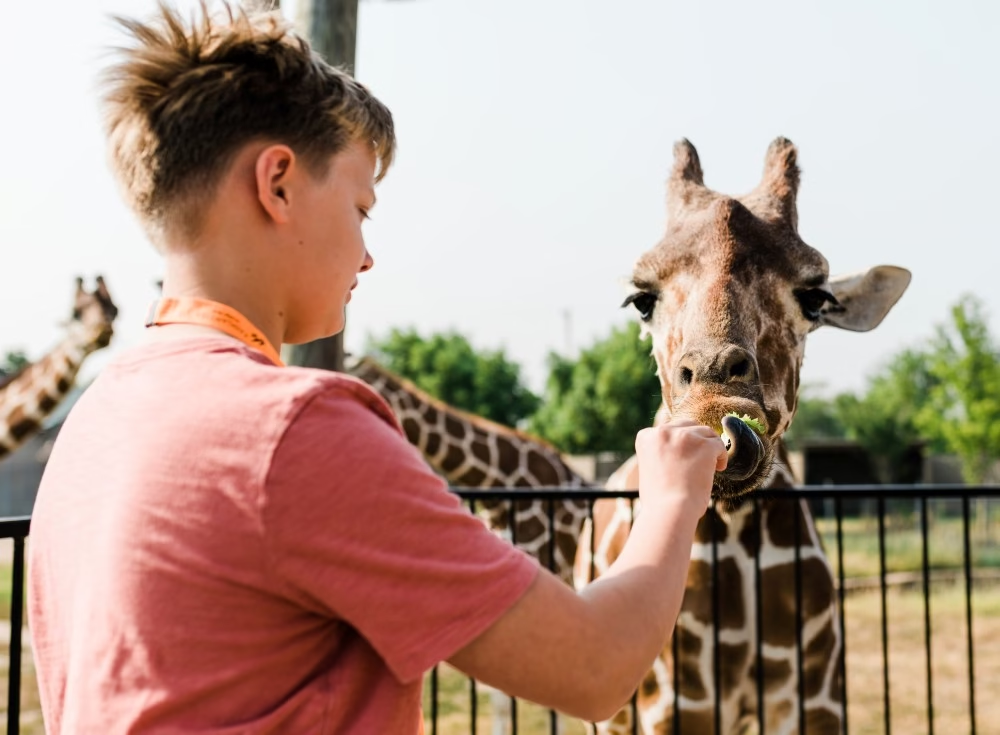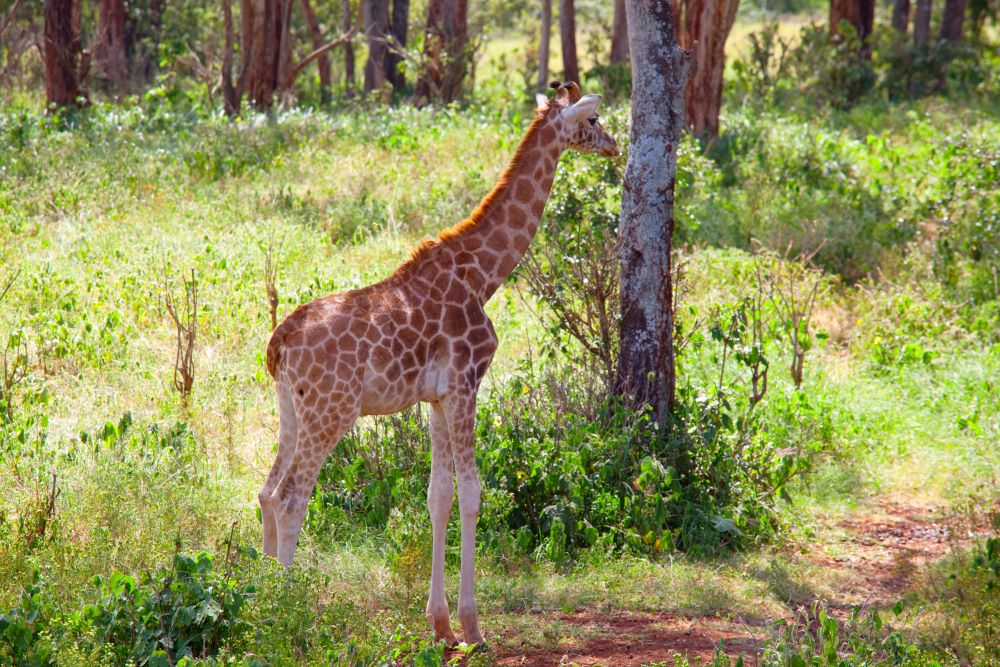The morning of June 18, 2025, began with anticipation at Rochester’s Seneca Park Zoo. Kura, a 4-year-old Masai giraffe, was in labor—her first pregnancy bringing excitement to the animal care team who had watched over her throughout the delicate process. By dawn, a calf had arrived, but what should have been a celebration quickly turned into one of the most difficult decisions zoo veterinarians face.
A Mother’s First Time
Kura delivered her calf early Tuesday morning, but after several hours, something was clearly wrong. The newborn couldn’t stand—a critical milestone that healthy giraffe calves typically achieve within their first hour of life. Dr. Chris McKinney, the zoo’s veterinarian, knew time was running out.
“We could see the calf was incapable of standing on its own, and we determined the calf had nerve damage causing paralysis,” McKinney explained. The diagnosis was devastating: the calf’s left rear leg was completely paralyzed due to nerve damage, and unlike a broken bone that could be splinted, this injury offered no path to recovery.

The Reality Behind Zoo Births
What many visitors don’t realize is that giraffe births carry enormous risks. McKinney revealed that “the risk of a newborn giraffe calf not surviving is close to 50%,” particularly with first-time mothers. These statistics reflect a harsh reality that extends beyond zoo walls—in the wild, young giraffes face similar survival challenges from predators, disease, and birth complications.
The Seneca Park Zoo team had prepared extensively for Kura’s pregnancy. She received a specialized diet high in calories and calcium throughout her pregnancy, with animal care teams monitoring her closely. However, some complications remain beyond human intervention.
The Science Behind the Tragedy
The nerve damage that claimed this calf’s life could have resulted from positioning in the uterus or trauma during the birth process. For giraffes, whose calves drop nearly six feet to the ground during natural birth, the delivery process itself presents unique challenges. In captivity, zoo staff often use specially designed birthing areas with deep bedding to cushion this dramatic entrance into the world.
Dr. Sarah Chen, a wildlife veterinarian who was not part of the case but has worked with giraffes, says: When a giraffe calf is not able to stand on its feet in the first few hours it normally means that the brain has been severely damaged. The construction of these animals is adjusted so that they stand straight up as soon as it is necessary to their circulation, breathing, and their capacity to nurse.
A Difficult Pregnancy Journey
Kura’s pregnancy came with additional challenges. She arrived at Seneca Park Zoo already pregnant, and her young age made the situation more complex. “She was very young to be pregnant, and with first-time giraffe pregnancies, it can be difficult to tell,” McKinney noted.
The zoo faced a delicate balance between confirming the pregnancy and avoiding stress to the young mother. Since Kura wasn’t yet comfortable with procedures like ultrasounds, which would have been stressful for her, the team relied on careful observation instead.

Community Response and Moving Forward
Those who decided to euthanize the calf did not decide easily. Zoo animal specialist Maria Rodriguez, who was very close to Kura during her pregnancy, said: We all had such great expectations. It was amazing to see Kura was a first-time mom but we did not have another choice, but put the welfare of the calf first. It is the worst thing we have to do in our job, yet we do it in order to avoid suffering.
Luckily, Kura is back in her normal habitat, and is acting normally with no long-term effects of the traumatic birth. The giraffe program is being followed in the zoo and some lessons have been learnt through this experience which will be used in subsequent breeding activities.
Conservation Context
Giraffes (also called Kilimanjaro giraffes) are endangered in the wild. This population of under 45,000 in its native East African habitat means that each birth in captivity is a new ray of hope to their future. The Association of Zoos and Aquariums organizes breeding programs to preserve gene diversity and aid in conservation.
This loss is tragic but it highlights the difficult facts of wildlife conservation. Every effort to breed the endangered species is fraught with danger, but such programs are essential to the sustenance of viable populations and the further development of knowledge about these wonderful animals.
Frequently Asked Questions
Q: Why couldn’t the zoo wait longer to see if the calf might recover? A: Giraffe calves must stand within hours of birth to survive. Their anatomy requires them to be upright for proper circulation and to nurse. Waiting longer would have only prolonged suffering without improving the outcome.
Q: Could the paralysis have been prevented? A: The nerve damage could have occurred due to positioning in the uterus or during birth—factors largely beyond human control. Even with the best veterinary care, some birth complications cannot be prevented.
Q: How common are these complications in zoo giraffes? A: First-time giraffe mothers face particularly high risks, with survival rates around 50% for newborns. This mirrors challenges faced by wild populations.
Q: How is Kura doing now? A: Zoo officials report that Kura has returned to normal behavior and is doing well following the loss.




